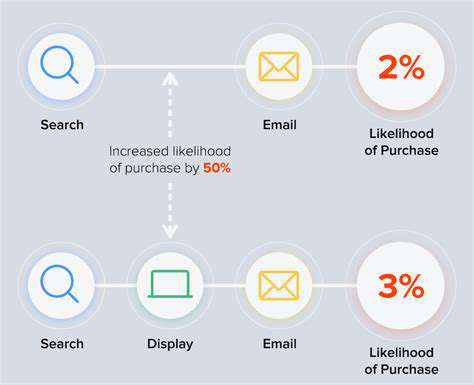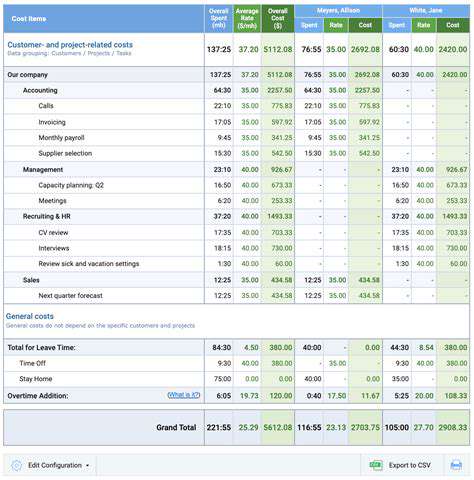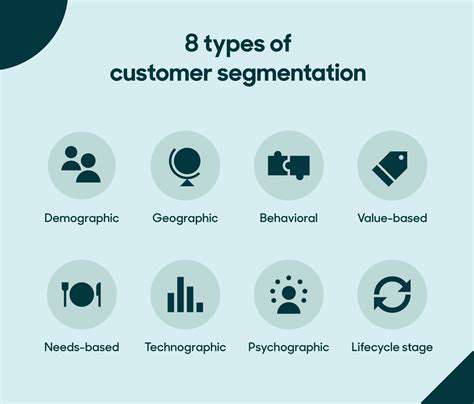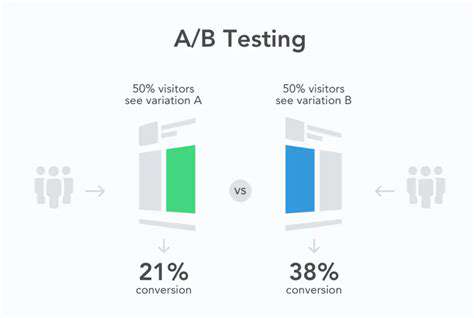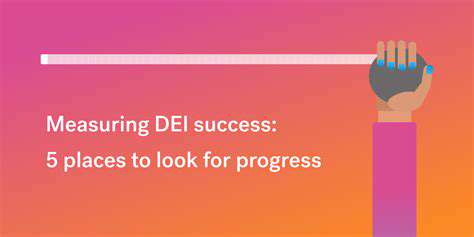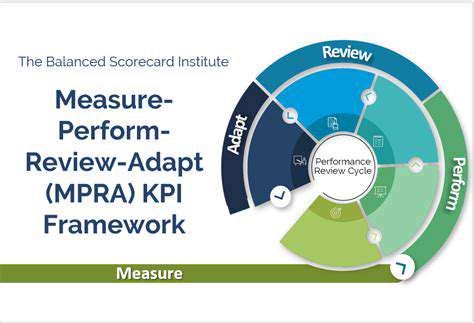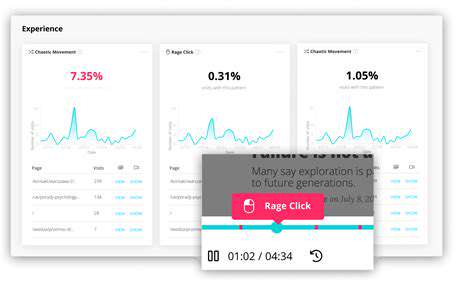Social Media Analytics: Understanding Your Performance
Reach and Impressions
Visibility metrics tell two distinct stories—reach shows unique viewers while impressions count total displays. This distinction matters when evaluating campaign effectiveness. A post might generate numerous impressions but minimal reach if shown repeatedly to the same users. Tracking both reveals whether you're expanding your audience or simply recycling content to existing followers.
Seasonal patterns often emerge when analyzing these metrics week-over-week. You might notice higher reach during lunch hours or specific weekdays. Pro tip: Test posting at unconventional times—sometimes off-peak hours yield better engagement with less competition. Cross-platform comparisons also highlight where your content performs best, allowing smarter resource allocation.
Audience Growth and Demographics
Follower counts alone don't tell the full story—the quality of growth matters more than quantity. A sudden spike from irrelevant audiences can actually harm engagement rates. Monitor follower sources to distinguish organic growth from promotional bursts. This helps maintain an audience genuinely interested in your content.
Demographic data transforms abstract numbers into real people. Knowing your audience's age ranges, locations, and interests enables hyper-relevant content creation. For instance: A cooking brand might discover their most engaged followers prefer quick dinner recipes over elaborate dishes. This insight immediately guides content planning toward what actually resonates.
Conversion Rates and ROI
Ultimately, social media must drive tangible business outcomes. Conversion tracking connects online activity to real-world results like purchases or signups. Without this, you're measuring activity rather than impact. Implement UTM parameters to trace which social posts actually move the needle.
Calculating ROI requires comparing campaign costs against generated revenue. Warning: Many brands overlook hidden costs like content creation time and ad management. An honest ROI assessment might reveal that certain platforms underperform despite strong engagement—freeing resources for higher-yield channels.
Analyzing Audience Insights: Who's Engaging with Your Content?
Understanding Your Core Audience
Audience analysis goes beyond basic demographics to uncover psychological drivers. The most successful brands understand not just who their audience is, but why they engage. This means identifying emotional triggers, values alignment, and content consumption habits. When you know what keeps your followers up at night, you can create posts that feel personally relevant.
Identifying Engagement Patterns
Behavioral data reveals surprising truths about content performance. Sometimes the best content by traditional metrics actually attracts the wrong audience. Analyze whether engaged users match your ideal customer profile. High engagement from irrelevant demographics might require strategy adjustments rather than celebration.
Segmenting Your Audience
Effective segmentation creates personalized experiences at scale. Try grouping followers by:- Content preferences (tutorial lovers vs. inspiration seekers)- Engagement frequency (daily users vs. occasional visitors)- Purchase readiness (window shoppers vs. decision-makers)This approach prevents one-size-fits-all content that fails to resonate deeply with any group.
Benchmarking Your Performance Against Competitors
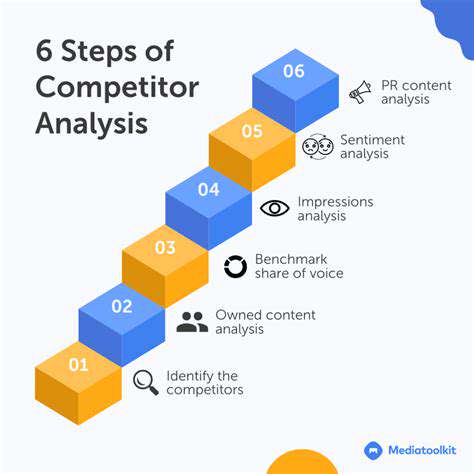
Defining Your Key Performance Indicators (KPIs)
The most useful KPIs often combine quantitative and qualitative measures. Beyond standard metrics, consider:- Share of voice in industry conversations- Sentiment analysis of brand mentions- Competitive content gap analysisThese provide strategic insights mere engagement numbers can't reveal.
Implementing Improvement Strategies
Adopt a test-and-learn approach rather than massive overhauls. Run small experiments with:- Content format variations (videos vs. carousels)- Messaging angles (emotional vs. practical)- Posting frequency changesDocument results meticulously to identify what actually moves your unique metrics.
Utilizing Social Media Analytics Tools for Efficiency

Understanding Competitor Activity
Reverse-engineer competitor successes without copying outright. When analyzing rivals:1. Note their highest-performing content themes2. Identify gaps in their strategy you can fill3. Track their response times to audience interactionsThis intelligence helps you differentiate rather than imitate.
Improving Campaign Performance
Build a feedback loop between analytics and creation. After each campaign:1. Host a post-mortem review session2. Document three key learnings3. Implement one concrete change for next timeThis disciplined approach compounds improvements over months.

